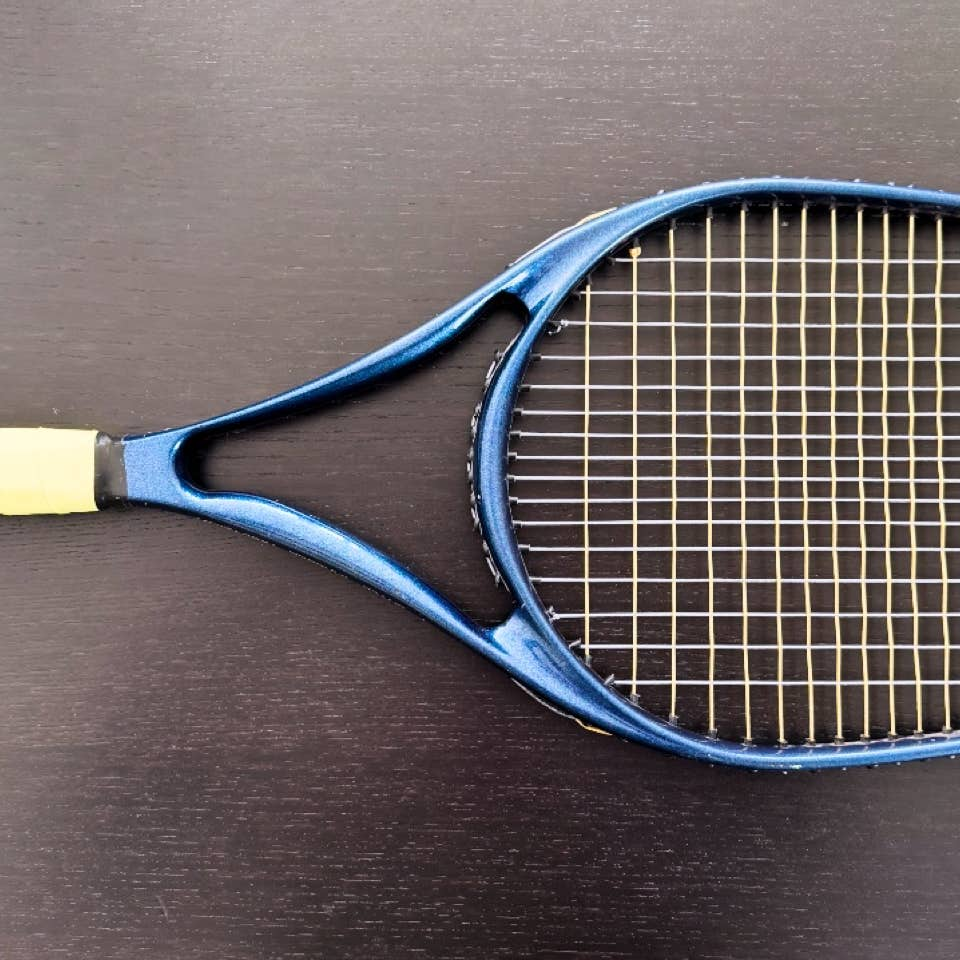Lambda Concept
Discovery and application of "geometric resonance optimisation"
The Lambda concept for Völkel Ski & Tennis
Implementation and application of the geometric vibration optimisation I discovered and researched to the construction of a tennis racket.
I originally developed geometric resonance or vibration optimisation for high-quality hi-fi devices, especially record players.
Application of geometric resonance optimisation to a tennis racket
From a physical point of view, a tennis racket, consisting of a more or less rigid frame construction and a large number of taut strings, has a lot in common with a musical instrument - it is a vibrating system.
Any resonances and vibrations in the frame and the stringing ultimately mean a loss of energy. Energy that causes the frame to resonate or vibrate, for example, can no longer be transferred to the ball.
Furthermore, such resonance behaviour can continue into the player's arm and damage the joints.
In contrast to previous designs, the Lambda concept tennis racket has a slightly asymmetrical shape in the area of the "racket heart", which is analogous to the musical proportions of a minor and major third*.
Starting from the heart of the mallet and setting this as a unit equal to "1", the proportion is defined as a second interval up to the fingering point, whereas the so-called "sweet spot" lies in the area between fourth and fifth proportions.
*The proportions of musical intervals (second, third, fourth, fifth and octave) can be visualised using a monochord, for example, and the respective length ratios can be read off immediately.



